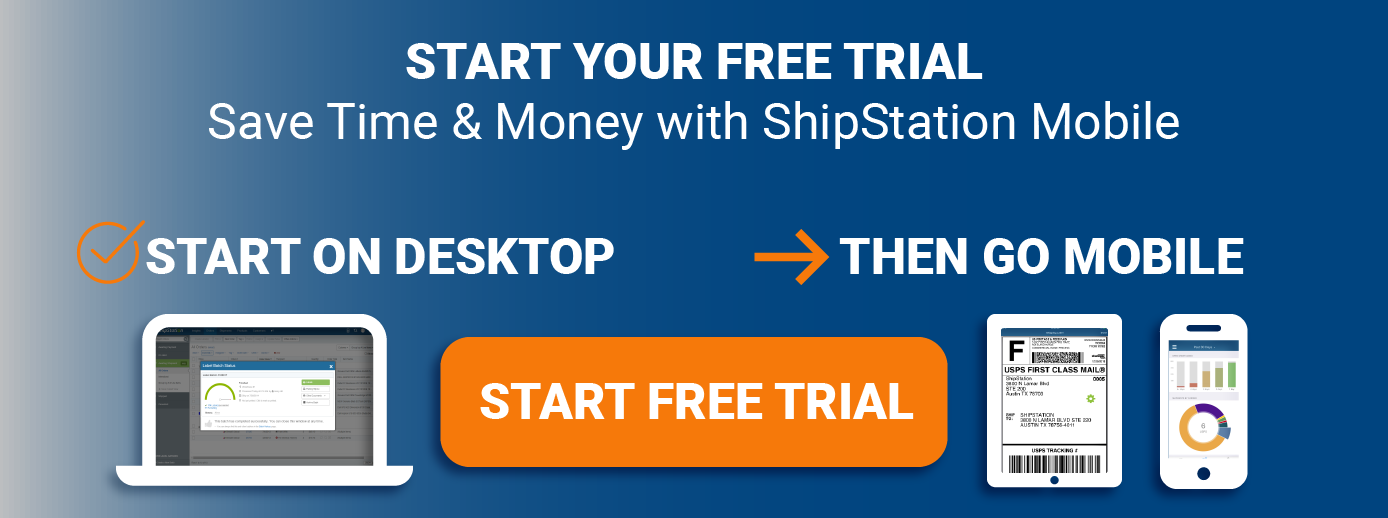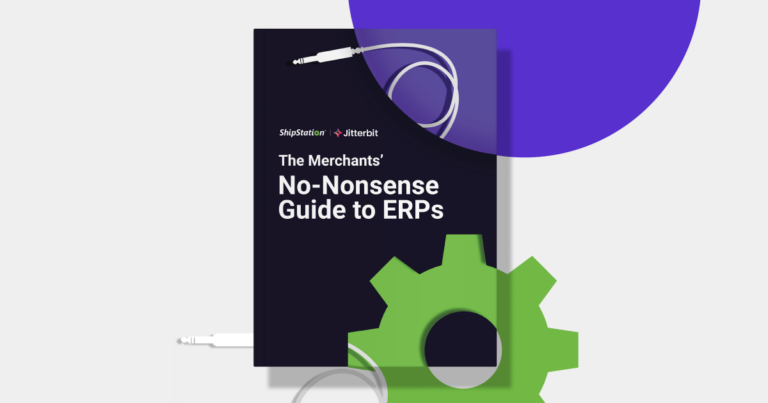How Drop Shipping Can Maximize Your Business’s Efficiency Over the Holidays

This blog was contributed by Nora Inveiss from Printful, a proud partner of ShipStation. Nora is a content marketer at Printful. She recently relocated from Toronto, Canada to Riga, Latvia and spends her downtime reading, running, baking, and exploring what Europe has to offer.
The holiday season is fast approaching, and you know what’s on everybody’s mind: finding gifts and scoring deals. It’s time for retailers to brace themselves and get ready for this seasonal shopping frenzy – online and offline. Holiday ecommerce shopping is growing. Last year, desktop sales reached $63.1 billion, up 12% from 2015. Consumers interested in shopping for gifts at big box stores is shrinking. They want unique products, and they’re flocking to the internet to find them. eCommerce retailers need to be prepared. That means stocking up on inventory, preparing marketing materials, and making sure your store is running smoothly. It’s a lot to handle, but in today’s world, there are plenty of tools that can help.
One way to keep your business running effectively through the holiday season is by partnering with a drop shipper to manage inventory and fulfillment. Read this post to learn why, get an overview of drop shipping, and learn tips on how to partner with one.
What is drop shipping?
Drop shipping is when a third party fulfills and ships orders on behalf of an online business. There are all sorts of products you can drop ship, and tons of companies that can provide the service for you. This post is going to focus on print-on-demand drop shipping. That’s when you create your design, and a drop shipper prints it on a print product and then sends it off to your customers. Your orders are printed on-demand as they come in – no minimums, and no need to order inventory in bulk.
The advantages of drop shipping
Drop shipping makes sense for big and small businesses alike. For young businesses, drop shipping offers a low barrier to entry and the opportunity to validate new products with minimal financial risk. You don’t have to invest in printing equipment or buy inventory in bulk, guessing how much will sell and in which sizes. If something doesn’t sell – you don’t lose out. And if a product takes off, there’s no struggle to keep up with demand.  can use drop shipping to scale up. If you find you’re getting more orders than you can fulfill, your drop shipper can handle the volume. You don’t have to manage staff, keep up with fulfillment, or make endless trips to the post office.
can use drop shipping to scale up. If you find you’re getting more orders than you can fulfill, your drop shipper can handle the volume. You don’t have to manage staff, keep up with fulfillment, or make endless trips to the post office.
To recap:
- Low financial risk – you don’t have to invest in equipment and inventory
- Validate products – if something doesn’t sell, you don’t lose out
- Save time – you don’t have to spend time printing, fulfilling, and shipping
Drop shipping downsides
Drop shipping can help launch and grow your business, but there are potential pitfalls you should be aware of. For one, you’re trusting your brand to another company. If something goes wrong (like a misprint or late order), it’s your reputation on the line. In this case, you could be upfront about your fulfillment – mention on your store that you work with a drop shipper and that everything is printed on-demand. The way pricing works with print-on-demand is that the drop shipper charges you a fixed cost for the product and printing. So while you save money on starting up costs, you’re still paying for a service and may feel like you’re earning a smaller profit in the long run. Finally, since there is a low barrier to entry with drop shipping, there are a lot of businesses trying it out, and that means more competition for you. The key to standing out is finding your niche and marketing your value proposition.
What about the holiday season?
People are on the prowl for unique gifts at good prices. They’re in the mood to spend, and the pressure’s on to find gifts for everyone on their lists. This is propelled by Cyber Weekend and other spending occasions throughout the fall. As a result of this shopping flurry, retailers can expect an influx of customers and sales. This is where drop shipping comes in. It’s difficult to know how much inventory to project. You don’t want to be stuck with a surplus, but not stocking enough puts you in a bad spot, too. You don’t have to anticipate this with a drop shipper. When you’ve hit a peak season, your drop shipper will print more orders, no problem. If and when it dies down, they’ll print less. No inventory worries for you. It also means you don’t have to spend all of your time fulfilling orders, which can get extremely time-consuming. That leaves you more time to focus on marketing and attracting new customers.
Tips to finding and working with a drop shipper
If you think drop shipping is the answer for your business, then do your research. There are many drop shipping companies out there that offer countless products for you to sell. Here are some things to look at:
- How good is their customer support? Are they easily reachable and helpful? It’s important that you can easily communicate with them.
- What is their price point and which products do they offer? Consider your target market what you want to sell, and at which price point.
- Can you order samples? This lets you test the quality before selling. Many drop shippers offer some kind of discounted samples – you should definitely use this.
To learn more about drop shipping and the benefits it can offer 



